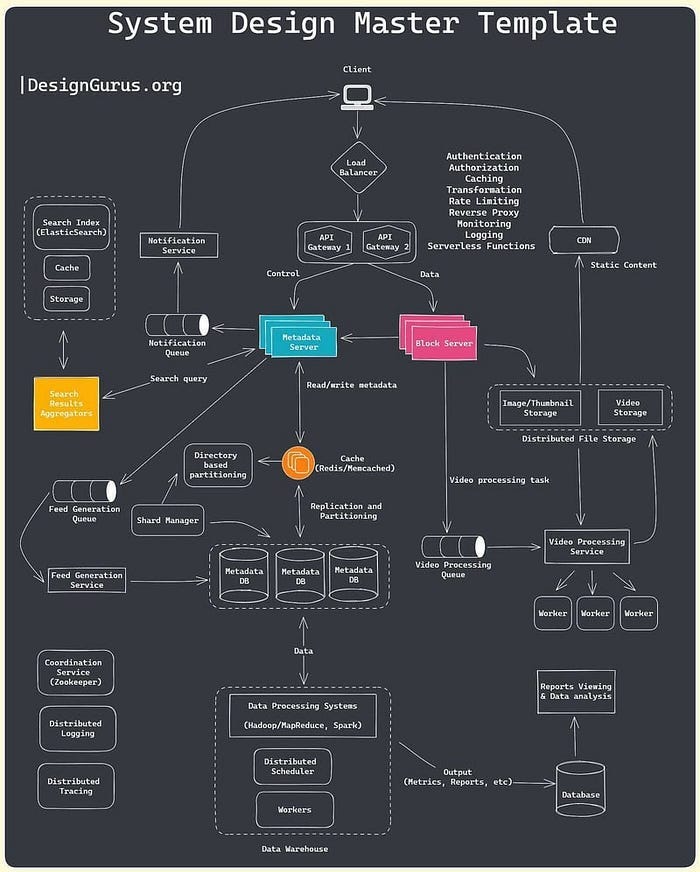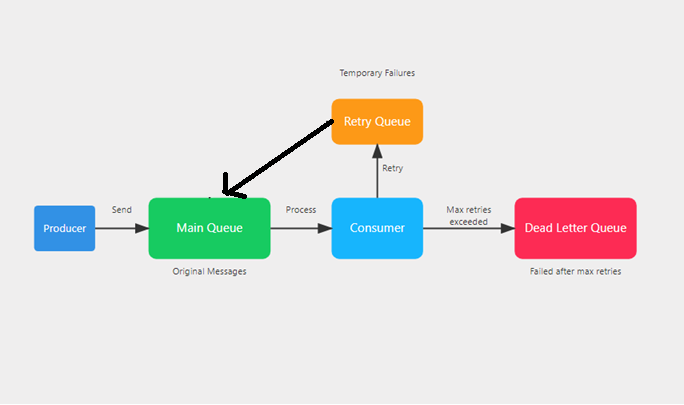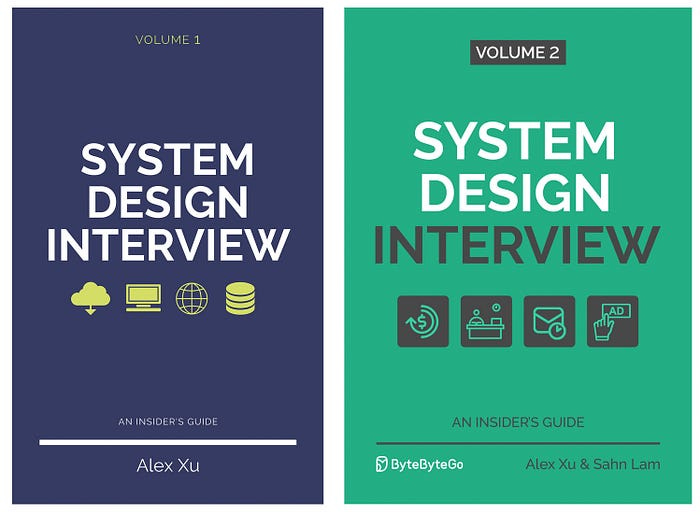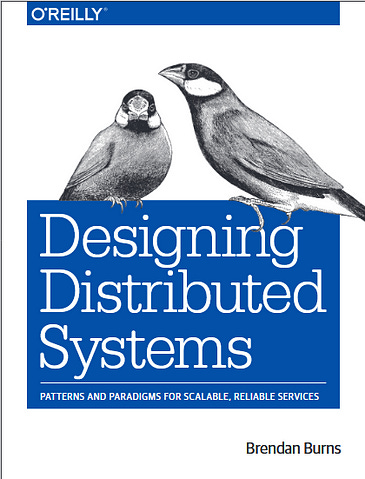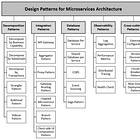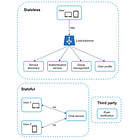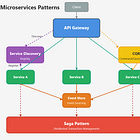From Timeouts to Success: Engineering Bulletproof Payment Retry Mechanism
How to Handle Payment Failures and Retries in System Design?
Hello friends, if you have worked in real-world financial systems, then you may know that Payment failures happen more often than you think. Whether it’s due to a network glitch, an expired card, or a temporary bank issue, these failures can impact revenue and customer experience.
As a backend engineer, you need to design a robust retry mechanism to ensure smooth transactions while preventing duplicate charges.
Retrying is also an essential System Design concept along with API Gateway vs load balancer, Forward Proxy vs Reverse Proxy, Caching, and JWT vs Session-based authentication.
A well-thought-out retry strategy can mean the difference between recovering failed payments and frustrating your users.
In this article, we’ll break down:
How to track payment statuses
When to retry vs. when to stop
The power of Retry Queues & Dead Letter Queues
Preventing duplicate charges with Exactly-Once Delivery
Let’s dive in.
By the way, if you are preparing for System design interviews and want to learn System Design in depth, then you can also check out sites like ByteByteGo, Design Guru, Exponent, Educative, Codemia.io, InterviewReddy. and Udemy, which has many great System design courses
How to Track Payment Statuses?
Before implementing retries, you need to track and categorize payment statuses effectively.
Most payment gateways provide the following statuses:
Success: The payment has been processed successfully. No further action needed.
Pending: The payment is under review or awaiting confirmation (e.g., 3D Secure authentication).
Failed: The payment attempt was unsuccessful due to reasons like insufficient funds, expired card, or network issues.
Declined: The issuing bank has explicitly rejected the payment.
Chargeback: The customer disputed the transaction, and funds were withdrawn.
Your system should log these statuses and trigger appropriate actions based on them.
When to Retry vs. When to Stop?
Junior engineers make the mistake of retrying without giving any thought, but in reality, not all failed payments should be retried.
A smart retry strategy depends on the failure reason:
When to Retry:
✅ Temporary network issues (e.g., timeout, service unavailability) → Retry after a short delay.
✅ Insufficient funds → Retry after 24–48 hours when the customer might have added funds.
✅ Bank processing delays → Retry after a short interval (e.g., 10–15 minutes).
When to Stop:
❌ Card expired → Prompt user for a new payment method instead of retrying.
❌ Fraud suspicion/Declined by issuer → Do not retry. Ask the customer to contact their bank.
❌ Chargeback initiated → Halt retries and follow dispute resolution.
So, you can see that common sense and good knowledge of the domain and subject matter you are working on also play a huge role in this.
The Power of Retry Queues & Dead Letter Queues
To manage retries effectively, you can use Retry Queues and Dead Letter Queues (DLQs):
Retry Queues: Implement an exponential backoff strategy (e.g., 1 min → 5 min → 30 min → 24 hours). This prevents overwhelming payment processors.
Dead Letter Queues (DLQ): If a payment fails after multiple retries, move it to a DLQ for manual intervention or customer notification.
Here is a nice diagram that explains how retry queues and dead letter queues can simplify the retry process during payment failure
Exponential Backoff Strategy
Whenever you implement a retry, you must use an exponential backoff strategy to avoid overwhelming an already overwhelmed system.
Here is an example of an exponential back-off strategy:
First retry: After 1 minute
Second retry: After 5 minutes
Third retry: After 30 minutes
Final retry: After 24 hours
You can see that the delay after each retry is to give the system more time to recover.
If we keep retrying in 1 minute and sending thousands of requests, then we will put more pressure on a system that is already breaking under load.
Think of it as a DDOS attack, which can eventually bring down your whole application.
By the way retry interval totally depends upon your business requirements, and you should put it after thorough discussion with other systems and the business.
Preventing Duplicate Charges with Exactly-Once Delivery
One of the biggest risks in payment retries is charging a customer multiple times for the same transaction.
To prevent this:
Use idempotency keys: Store a unique key for each transaction to ensure retries don’t create duplicate charges.
Implement transactional locks: Ensure only one retry attempt is processed at a time.
Design for Exactly-Once Delivery: Ensure that payment processors only execute the charge once, even if multiple requests are sent.
By using these tricks, you can minimize the risk of charging a customer multiple times for the same transaction.
What Causes Payment Failure? Impact and Solution
Payment Failure is real, and it happens more often than you think. I have seen Payment failures both as a user and as a developer. In most cases, the payment failure occurs in the trading system if
Their payment retry system couldn’t handle the surge in trading volume
Their circuit breaker logic was incorrectly triggered due to too many failed payments
Insufficient retry queues caused payment transaction backlogs
Lack of proper monitoring failed to alert teams early
And, when you think of impact, it’s immense. Imagine if this payment failure occurred on a trading day, then :
Users will not be able to trade during major market movements
losses in millions for customers
Severe reputation damage
Now, the big question comes: how can you, as a developer or a Software architect, avoid this? Well, that’s where good knowledge of System design comes in handy.
Here are things you can do to avoid Payment failures:
Implement robust payment retry mechanisms
Implement proper circuit breaker thresholds
Design scalable queue systems
Have real-time monitoring and alerts
Test systems under extreme load conditions
This is an important concept to learn and master, and it goes a long way then just clearing your next System design interview, as it’s one of the critical pieces of any real-world application that deals with money.
Payment Retry System Design
And here is a nice summary of what you should do on Payment retries. This image condenses more information than what we have discussed here, so make sure you go through this
Conclusion
That’s all about how to handle payment failures and implement retries in your Application or System. Handling payment retries is a critical skill for backend engineers.
A well-managed retry system ensures:
Reduced revenue loss due to transient failures
Improved customer experience with seamless transactions
Prevention of duplicate charges and fraud risks
By tracking payment statuses, implementing smart retry strategies, leveraging retry queues, and ensuring exactly-once delivery, you can build a resilient and reliable payment system.
What retry strategies have worked for you?
Further Learning
Bonus
As promised, here is the bonus for you, a free book. I just found a new free book to learn Distributed System Design, you can also read it here on Microsoft — https://info.microsoft.com/rs/157-GQE-382/images/EN-CNTNT-eBook-DesigningDistributedSystems.pdf
And, if you haven’t read, here are a few of my System design articles you may like:



